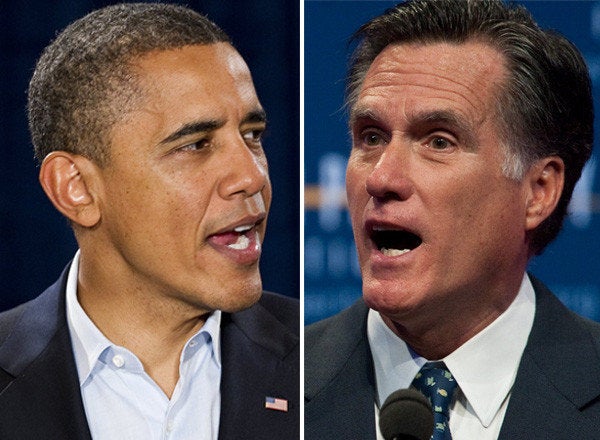
Here's a riddle: What's the one thing on television that can make you laugh, make you cheer, frighten you, inspire you, confuse you and, in more cases than you'd care to admit, make you want to throw your remote at the screen.
And, no, the answer isn't the Nightly News.
Since the emergence of television more than half a century ago, the political campaign commercial has remained one of the most powerful art forms to invade the broadcast medium. Designed to inform and persuade us, to arouse our passions and call us to action, to entertain us and sometimes even shock us -- and, oh, by the way, to do all that in under 60 seconds -- campaign ads are to American voters what McDonald's commercials are to junk food junkies: they hit us where we live.
And they sometimes change history. More than once over the decades, our elections have been dramatically impacted by that perfectly worded slogan (Ronald Reagan: "It's morning again in America") or that perfectly captured visual (a diminutive Michael Dukakis riding in a very large tank), all of which play on our most primal instincts -- about who will best lead our nation, and who we need to worry about.
In 1964, President Lyndon Johnson -- running for reelection -- felt compelled to alert voters that his opponent, Barry Goldwater, had warned that he would consider using nuclear weapons in the Vietnam conflict. So the Johnson campaign went for the jugular, airing a one-minute ad that featured an adorable little girl picking the petals off a daisy. As she counts them off, from one to ten, the soundtrack dissolves to a man's voice reciting a reverse countdown -- ten...nine...eight... -- and then, suddenly, the screen is filled with an image of an incinerating explosion, followed by a mushroom cloud.
"We must love each other, or we die," Johnson's voice intones at the end of the ad. So terrified were viewers -- and so overwhelming were their complaints -- that the ad was pulled after only one airing. But Johnson had made his point, which surely played a role in his ultimate victory.
Since then, campaigns have further refined the complex craft of climbing inside our heads, and the results have been increasingly effective. Sometimes the commercials have relied on humor to make their point (an anti-Nixon spot in 1968 featured only the name of Vice Presidential candidate Spiro T. Agnew on the screen, accompanied by peals of uncontrollable laughter); but more commonly, they are soberly designed to deliver a knockout punch -- usually below the belt.
During the 1988 presidential election, the Democratic candidate, Massachusetts Governor Michael Dukakis, was staggered by an ad that featured the mug shot of a convicted murderer named Willie Horton, who had been released from prison on a Dukakis-approved weekend furlough program, during which he committed armed robbery and rape. The message? That Dukakis was soft on crime and his judgment was questionable -- and many contend that's why he lost the election. Then in 2004, campaign strategists for George W. Bush, who had not seen military battle, achieved the near-impossible by demeaning the Vietnam service of opponent John Kerry, who had been a war hero. Bush prevailed in the election; and so successful was the so-called Swift Boat ad campaign, that "swiftboating" has become an accepted verb in the popular lexicon -- meaning character assassination.
Looking back, it's been fascinating to track the 60-year evolution of the political ads -- from the chirpy Eisenhower and Kennedy spots, complete with jingle-like campaign songs, to the more sophisticated and harder-hitting commercials we see today. But, in the end, the best ones all have one thing in common: they eventually convinced us who to vote for.
Take a look.
